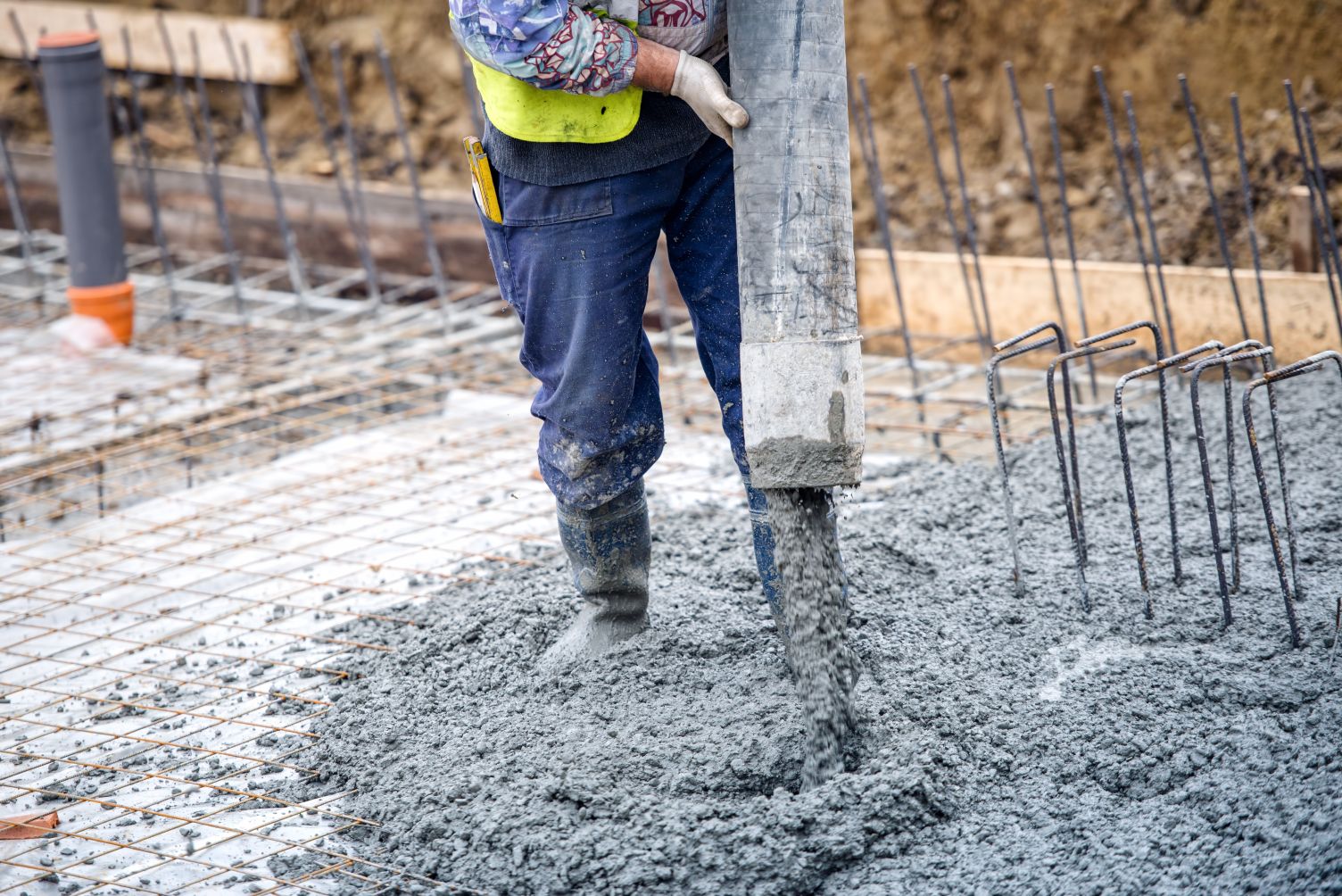Can you pour concrete in the cold?

The use of admixtures in concrete has been an ancient practice that continues to evolve with the changing needs of civilization. Concrete is an ancient material, after all.
Even when it's below freezing outside, temperatures can still be too high enough where full saturation isn't reached and stability becomes a problem as well - but there are ways around this conundrum! Some experts recommend brushing up on your additives knowledge if you're working or living near areas prone to cold weather conditions because 3 days under 40° F will cause any mix created from standard materials like sand & gravel (or clay) sufficient time needed before setting firm after drying out again naturally.
Concrete is a powerful and durable construction material, but it can be weakened by cold weather and the freezing of the material itself. To keep your concrete safe from freeze damage you'll want to add admixtures that help speed up the curing process of any exposed areas as well prevent other harmful effects like cracking or spalling when temperatures drop below 32°F (0 °C).
Admixes come in ready-to-use liquid forms, making them perfect for pushing around and mixing concrete on site. Many admixtures also come with small premeasured containers that make it easy for DIYers too!
Accelerators are the key to a successful cold weather installation. They increase agitation, friction, and heat necessary for creating strong bonds that will stay fresh even in subzero conditions! In order to prevent cracks and damage from freeze-thaw expansion, a special air entrainment agent is added. Superplasticizers reduce the amount of water required for cement, and can up to 10-30% in some cases. This reduces time working with concrete by not having so much liquid that you need to mix it all together before placement.
These simple additives will ensure that your concrete goes down smoothly, and securely with the ability to withstand any weather conditions for the duration of its life!
